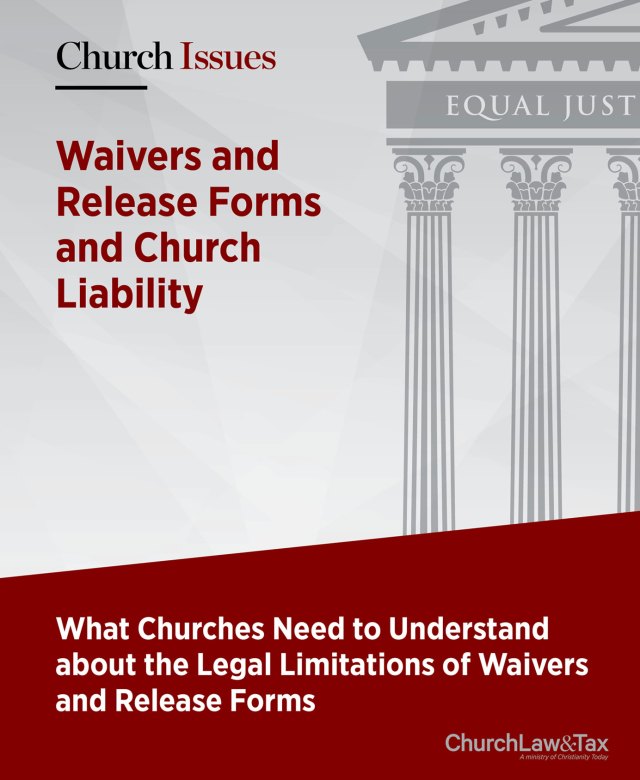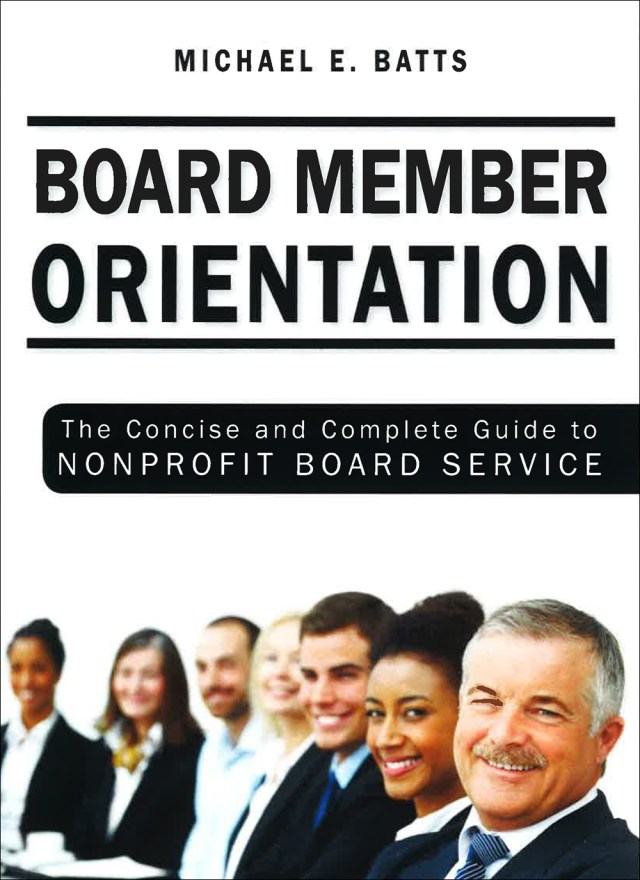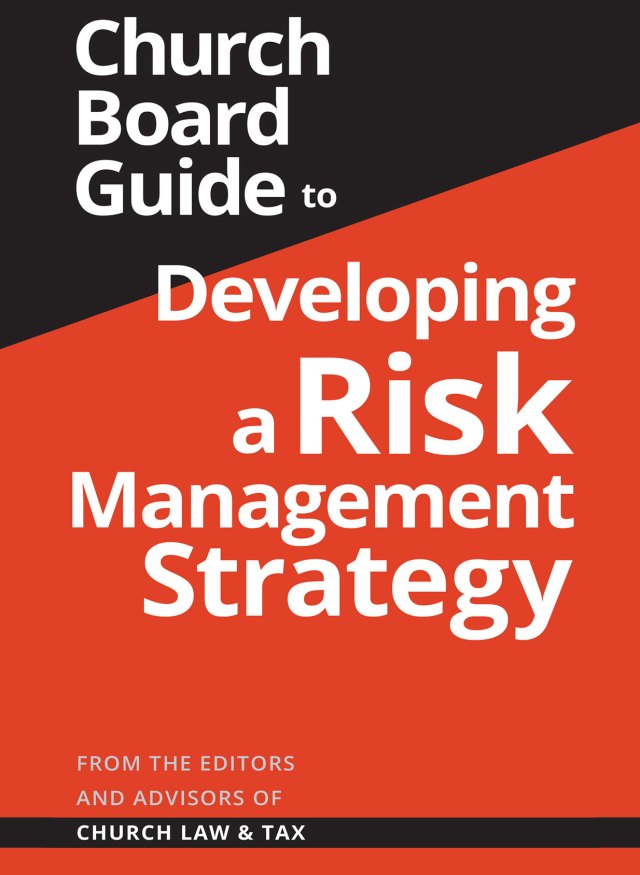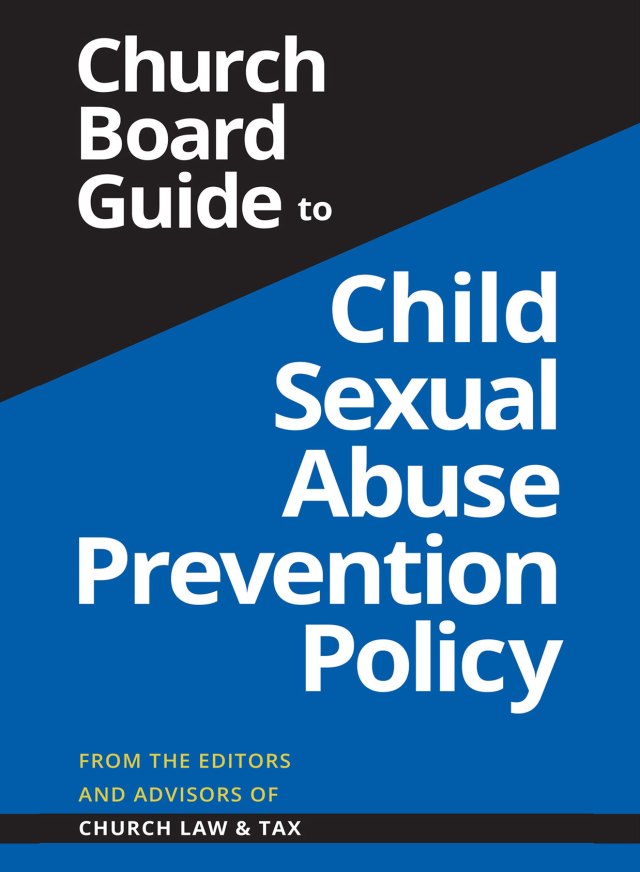Key point 10-16.06. A release form is a document signed by a competent adult that purports to relieve a church from liability for its own negligence. Such forms may be legally enforceable if they are clearly written and identify the conduct that is being released. However, the courts look with disfavor on release forms, and this has led to several limitations, including the following: (1) release forms will be strictly and narrowly construed against the church; (2) release forms cannot relieve a church of liability for injuries to minors, since minors have no legal capacity to sign such forms and their parents’ signature does not prevent minors from bringing their own personal injury claims after they reach age 18; (3) some courts refuse to enforce any release form that attempts to avoid liability for personal injuries on the ground that such forms violate public policy; and (4) release forms will not be enforced unless they clearly communicate that they are releasing the church from liability for its negligence.
A Texas court ruled that release forms that purport to relieve a person of liability for intentional acts and gross negligence is unenforceable as contrary to public policy. The decision underscores the cautions church leaders must exercise in making decisions about events and activities, including ones that involve release forms.
Background
On September 7, 2016, during a soccer match between two teams, a player on one team (the “plaintiff”) alleged that a player on the other team (the “defendant”) attacked him deliberately during the game.
The plaintiff suffered a “severe concussion, facial fractures that required surgery and . . . ongoing loss of sensation and nerve damages as a consequence of the violent act.”
The plaintiff sued for assault
The plaintiff sued the defendant for assault. The defendant asked the court to dismiss the case on the ground that the plaintiff’s injuries were an inherent risk of the game, and further claimed that the plaintiff had released his claims in a release form he signed prior to participating in any games at the local soccer club.
The plaintiff produced two witness statements in which the witnesses recalled the incident and claimed that the defendant “acted intentionally and that the move was not an accident stating [the defendant] did not appear to be trying to use his head to intercept the soccer ball, but instead appeared to intentionally hit [the plaintiff’s] face with the back of his head. . . . [The defendant’s] act was intentional and not an accident.”
The plaintiff insisted that, as a matter of public policy, release forms cannot extinguish intentional injuries like assault and so the plaintiff’s assault claim was not released by the release signed with the soccer club.
The trial court agreed with the defendant and dismissed the plaintiff’s lawsuit. The plaintiff appealed.
Court: Release forms do not cover assaults
A state appeals court began its opinion by observing:
“Generally, a contractual provision ‘exempting a party from tort liability for harm caused intentionally or recklessly is unenforceable on grounds of public policy.’” . . .
This court has previously held that “pre-accident waivers of gross negligence are against public policy.” . . . Other appellate courts have held that pre-injury waivers of gross negligence violate public policy and are void. . . . This is because “gross negligence involves conduct that poses an extreme risk of harm to others and an actor that proceeds with conscious indifference to the rights, safety, or welfare of others. . . . Turning to intentional conduct, such as an assault, the considerations are the same as those with gross negligence—an actor that poses an extreme risk of harm to others and proceeds to intentionally, knowingly, or recklessly cause bodily injury to another. “[E]nforcing a provision to allow one party to intentionally injure another with impunity violates the law.”
The defendant insisted that the plaintiff waived his rights to bring a lawsuit “because [his] present claim for the intentional tort of assault is subject to the release document.” The release in this case stated:
THE RELEASING PARTIES HEREBY RELEASE, WAIVE, DISCHARGE, AND COVENANT NOT TO SUE THE RELEASED PARTIES FROM ANY AND ALL CLAIMS RELATED TO OR ARISING FROM THE CLUB OR THE ACTIVITY, INCLUDING, BUT NOT LIMITED TO, THOSE CLAIMS ARISING FROM OR RELATED TO PERSONAL INJURY, ACCIDENTS OR ILLNESSES (INCLUDING DEATH), AND/OR PROPERTY LOSS.
The court continued:
The release in this case is a broad form release, purporting to release “all actions and causes of action” related to or arising from the “club” or “activity” including, [the defendant] argues, any claim for assault. It is important to note that in the context of the release argument, [the defendant] has not argued that [the plaintiff] has specifically consented to the alleged assault in this case by virtue of participation in the game of soccer. Instead, [the defendant] argues that [the plaintiff] has, by virtue of the release agreement between [the plaintiff] and the soccer club, released [the defendant] from any assault [the defendant] may inflict upon [the plaintiff] during any game played while at the club. “The law of torts imposes standards of conduct for the protection of others against unreasonable risk of harm. One cannot exempt himself from such liability for harm that is caused either intentionally or recklessly.” RESTATEMENT (SECOND) OF CONTRACTS § 195. . . . [T]o the extent that the trial court concluded that the release in this case released the claim of assault between [the plaintiff] and [the defendant], the trial court erred. . . . Such a conclusion would insulate a party from its future, deliberate, wrongful conduct and is against public policy.
What this means for churches
Many churches, schools, youth-serving charities, and recreational venues attempt to reduce the risk of liability for injuries occurring during sponsored events by having participants sign a form that purports to exempt the host organization from liability for injuries caused by its own negligence. Such forms typically are called release forms, waivers of liability, or assumptions of risk.
All too often, churches and other organizations use forms found online, and with no legal input or review. This can result in forms that are useless or of limited value.
As this case illustrates, several courts have ruled that release forms cannot release claims for injuries caused by the gross negligence or intentional acts of another.
Church leaders should not assume that a release or assumption of risk form signed by a competent adult will apply to deaths or injuries caused by the gross negligence of the church or its agents. Distinguishing between ordinary negligence and gross negligence is often a difficult task, but this distinction is significant because it generally will determine the validity of a release form or assumption-of-risk form. One court noted:
Negligence is defined as “any conduct, except conduct recklessly disregardful of an interest of others, which falls below the standard established by law for protection of others against unreasonable risk of harm.” A claim for gross negligence, however, sets the evidentiary hurdle at a higher elevation:
[G]ross negligence is an intentional failure to perform a manifest duty in reckless disregard of the consequences as affecting the life or property of another, and also implies a thoughtless disregard of the consequences without the exertion of any effort to avoid them. Stated conversely, a wrongdoer is guilty of gross negligence or acts wantonly and willfully only when he inflicts injury intentionally or is so utterly indifferent to the rights of others that he acts as if such rights did not exist. . . .
“[W]e have viewed gross negligence ‘as something more than simple negligence, and likely more akin to reckless conduct.’”
How can a church be guilty of gross negligence? It is possible, depending on an examination of all the facts and circumstances, that the following practices could be grossly negligent:
- A church’s governing board refuses to institute a policy to reduce the risk of child molestation at church or during offsite church activities. The church uses a volunteer in its children’s ministry without conducting a criminal records check or obtaining references. A church volunteer sexually molests a child during a church activity. It is later discovered that the volunteer is a pedophile who molested a child at a previous church.
- A church uses a van to transport children to an offsite activity. The church selects a driver whose driving record was not examined. The driver’s negligence results in a collision that injures some of the children. It is later determined that the driver had a suspended driver’s license.
- A church board is aware that the youth pastor frequently sends and reads text messages on his cellphone while driving his car on church business. Nothing is done about it. The youth pastor swerves into an oncoming lane of traffic while texting his girlfriend and collides with another vehicle.
- The church youth group goes swimming at a lake. No lifeguards are present, and the church provides only two chaperones to oversee 50 minors. Neither chaperone is certified in CPR. One of the minors drowns, and no one is available to start CPR.
It is important for church leaders to be familiar with the concept of gross negligence for the following three reasons.
First, the presence of gross negligence renders release and assumption-of-risk forms as unenforceable.
Second, the same legal standard used to determine gross negligence is also used to determine the availability of “punitive damages.” Punitive damages are damages that a court can award to an injured person, over and above compensatory damages, based on the defendant’s gross negligence or willful and wanton conduct. Church leaders should be aware that public policy does not allow entities to insure against their gross negligence. Thus, punitive damages are not covered under church insurance policies.
Third, gross negligence negates the limited immunity from personal liability accorded to the uncompensated officers and directors of churches and other nonprofit organizations. This means these individuals can be personally liable to an injured plaintiff if gross negligence is found.
These potentially adverse consequences make it imperative for church leaders to understand the concept of gross negligence, and to avoid any decisions that, in retrospect, may be grossly negligent.
Brennan v. Kaufman, 2021 WL 3729257 (Tex. App. 2021).




